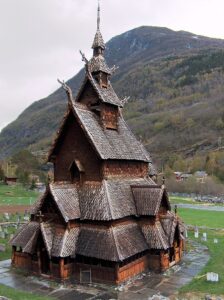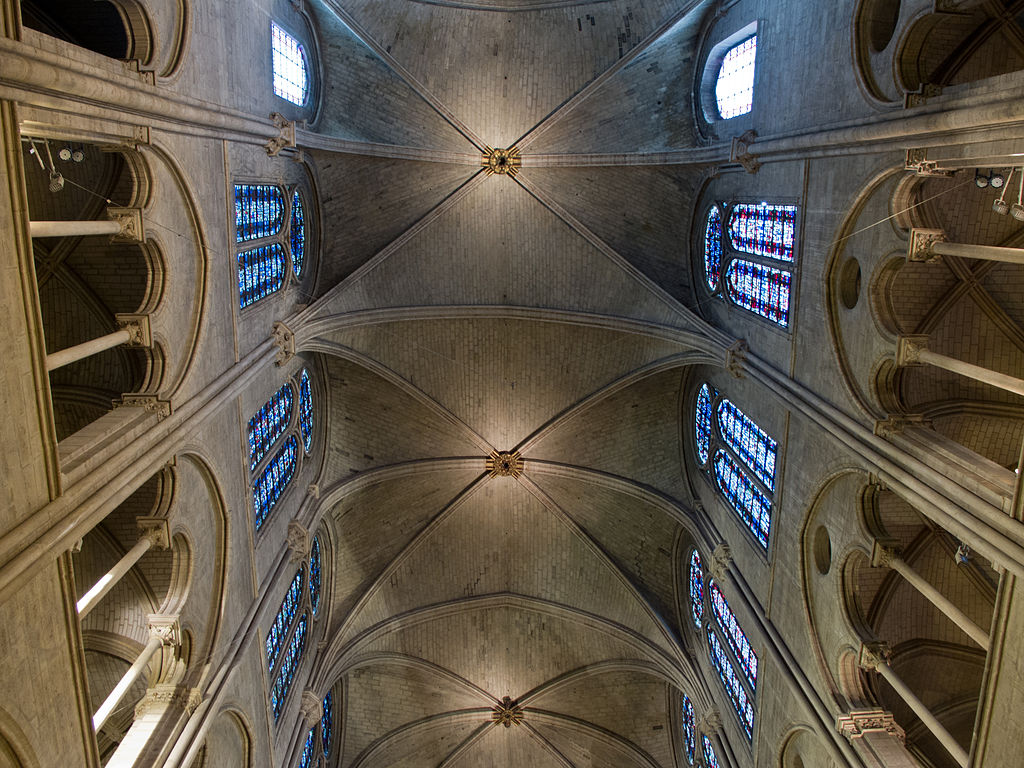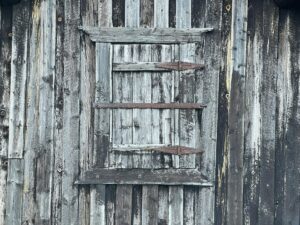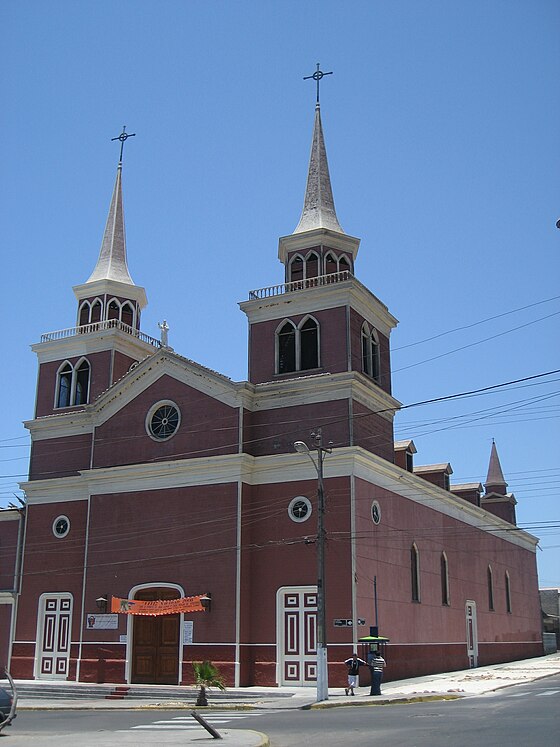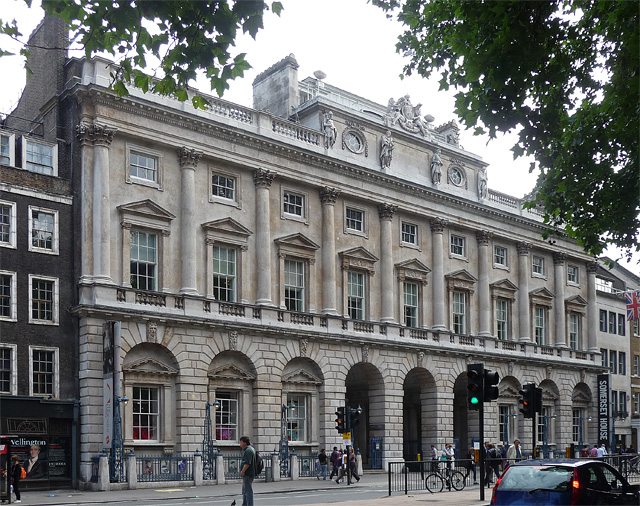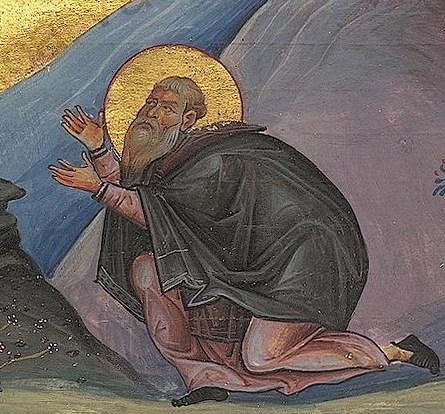A EU Funded Course on Cultural Heritage Protection and Climate Change
STORM Academy is aimed at training professional figures or students, by the implementation of both onsite training activities and lessons.

In three weeks, between January and February 2019, the STORM Academy 2019 has been held in Rome, within the EU financed STORM (Safeguarding Cultural Heritage through Technical and Organisational Resources Management). The lessons have been held in Rome – National Fire Academy (I.S.A.) and in Viterbo (Tuscia University) by teachers selected among of the partners of the project.
The STORM Academy has been aimed at training professional figures or students, by the implementation of both onsite training activities and lessons. The added value of the Academy is the interdisciplinarity between the different fields, and the cooperation between different areas of knowledge involved in the Cultural Heritage conservation and management. The provided training is the direct consequence of the achievements gained during three years of research project and test in the five project’s pilot sites.
The lectures of the course have explored the relations between climatic change and risk for Cultural Heritage, the technologies available to predict hazardous events and limit damages and the operational procedures in case of emergency. Part of the lessons have been based on the use of the innovative platform developed and provided within the STORM project.
Lessons have dealt with the main topics of the project:
- The STORM project and protection of CH: state of the art and goals
- Principles and main practices adopted for prevention, quick assessment, recovery
- Observed and predicted climate change in Europe
- The Baths of Diocletian, a complex site: history, characteristics, conservation problems – The Storm Project at Baths of Diocletian: motivations and solutions
- Identification of gaps in CH policies and future approaches to improve regulations
- Methodology and use of knowledge coupled with the STORM platform.
- Protection of cultural buildings and sites from vegetation fires
- A toolkit for supporting CH users during the prevention and intervention process
Exercise – Terme di Diocleziano - Earthquake damages: shoring procedures in emergencies scenarios
- Gathering and sharing data in emergency between rescue services and cultural heritage protection bodies
- Introduction on integrated platform and its benefit – Description of sensors used in STORM
- Development of integrated structural health monitoring and earthquake risks management systems for historical structures: the STORM approach
- Protection measures on CH against environmental agents. FBG sensors, installation, data collection and data analysis
- Integrated approach to vulnerability and risk assessment for cultural heritage sites
- Collect a field oriented view of cost-effective approach and compare it with Storm project achievements
- Improving risk control decision making: Cost-effectiveness analyses of heritage conservation interventions.
- How to get further research, site sustainability and business opportunities out of a resilient policy for cultural sites.
- Climate change impact: From current practices and legislation towards an appropriate management response through monitoring and risk assessment
- Ongoing archeological studies, conservation and protection works in the Ephesus site .
- Methodology and use of knowledge coupled with the STORM platform
Disaster Risk Management at the Roman Ruins of Troia. The experience provided by STORM. - Water and environment agents damages protecting procedures in emergency
- How to get further research, site sustainability and business opportunities out of a resilient policy for cultural sites.
- The impact of weather events, augmented by climate change, on cultural heritage, monitoring and management: A UK perspective
- Managing cultural heritage sites to cope with slow onset climate change problems
- Non-destructive technologies for Cultural Heritage: the STORM approach for damage assessment
- A toolkit for supporting CH users during the prevention and intervention process
- EYCH and other future EU initiative in the field of CH
For more information: STORM website
